MOVIES
List of Product Introduction Movies of Komatsuya.
-
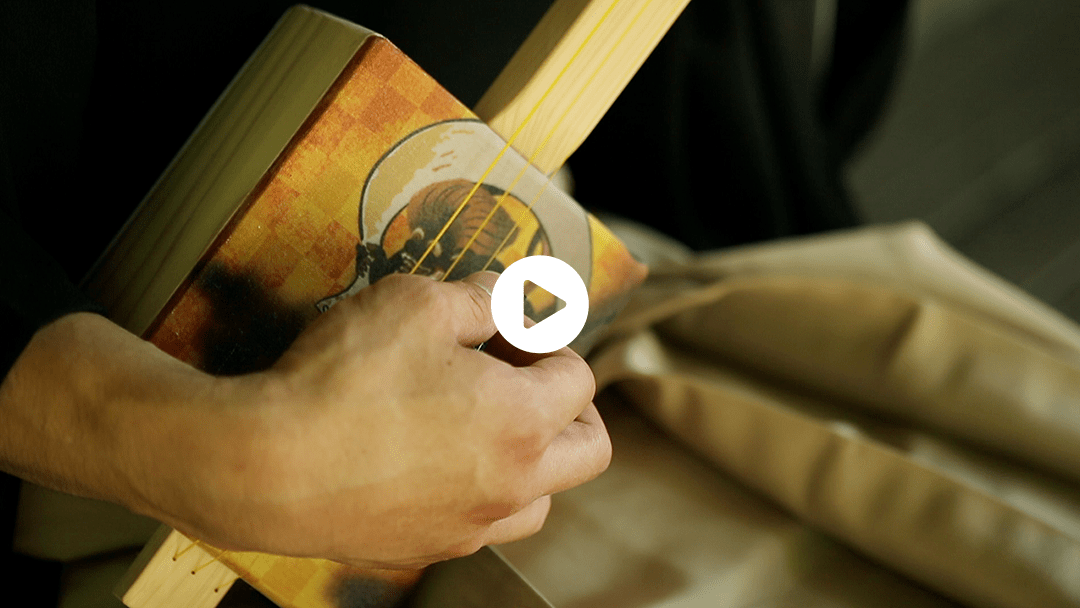
Shami-Komachi (using Ripple)
Akita Oguro-mai - Tsugaru Jinku - Nambu Tawaratsumi-uta - Tsugaru Tanto-bushiPerformance: Masamitsu Takasaki, Tsugaru-shamisen player
Thanks to: Historical Residence(KOMINKA-EN) of Sagamihara-shi -
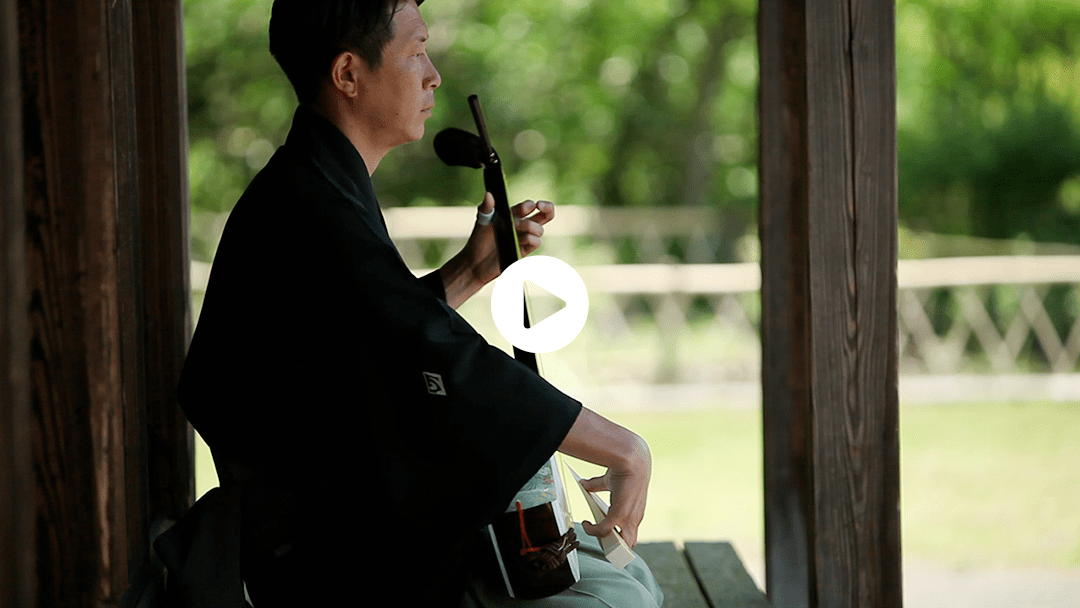
Nagauta-shamisen (using Ripple), Ogie-bushi, Yashima
Performance: Jushin Ogie, Ogie-bushi shamisen player
Thanks to: Historical Residence(KOMINKA-EN) of Sagamihara-shi -
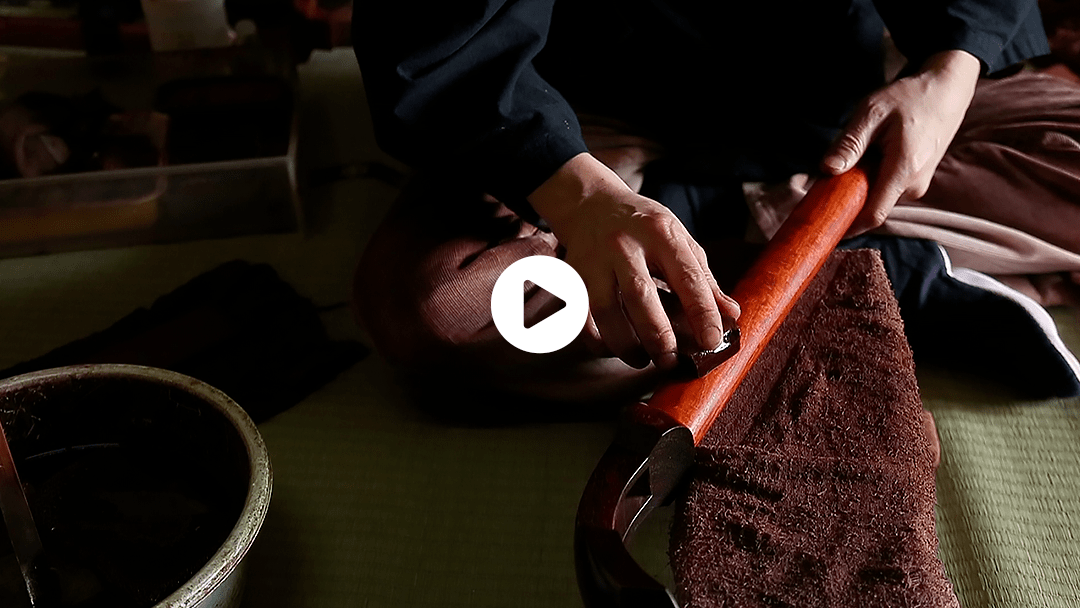
Komatsuya Shamisen Manufacturing - Craftsmanship
Komatsuya Shamisen Craftsmen - Handmade traditional techniques
-
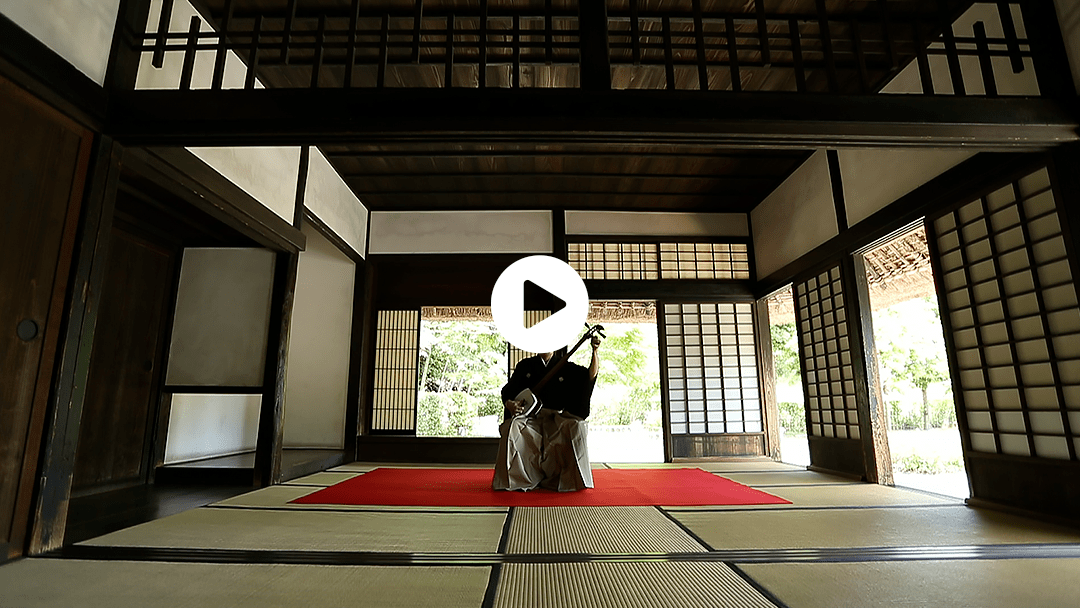
Tsugaru-shamisen (using Ripple), Tsugaru Jongara-bushi - Kyokubiki (shamisen solo performance)
Performance: Masamitsu Takasaki, Tsugaru-shamisen player
Thanks to: Historical Residence(KOMINKA-EN) of Sagamihara-shi -
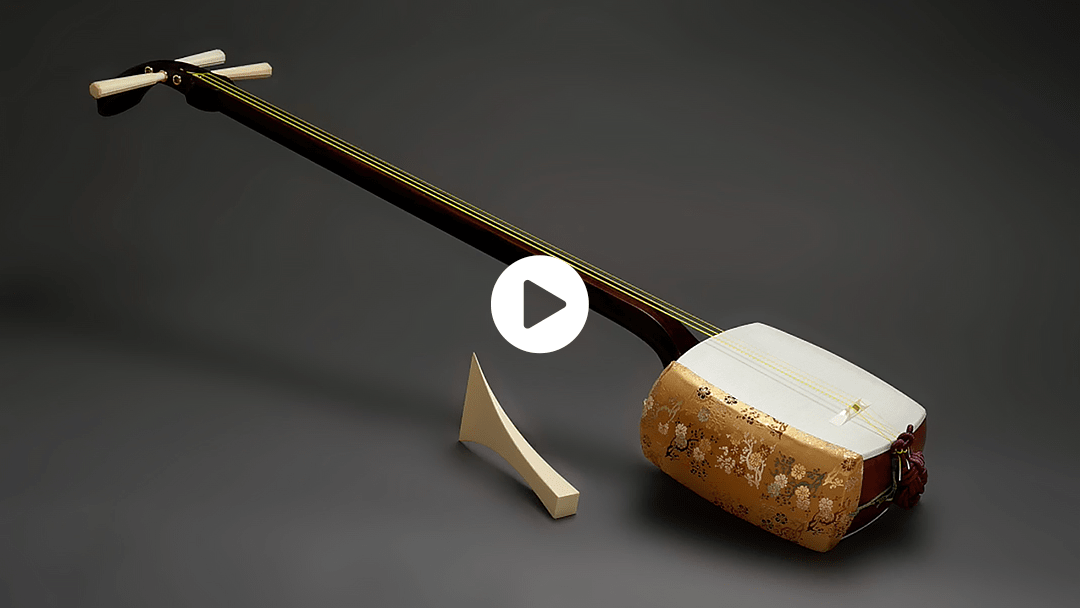
An artificial skin, Ripple, and a high-class Yotsukawa skin for Nagauta-shamisen
Sound analysis at the Japan Acoustic Lab. A Ripple shamisen and a real skin shamisen are played by turns to constitute a tune.
Please listen with your own ears.
Can you distinguish the sound of a Ripple from the sound of a real skin?
Players Profile
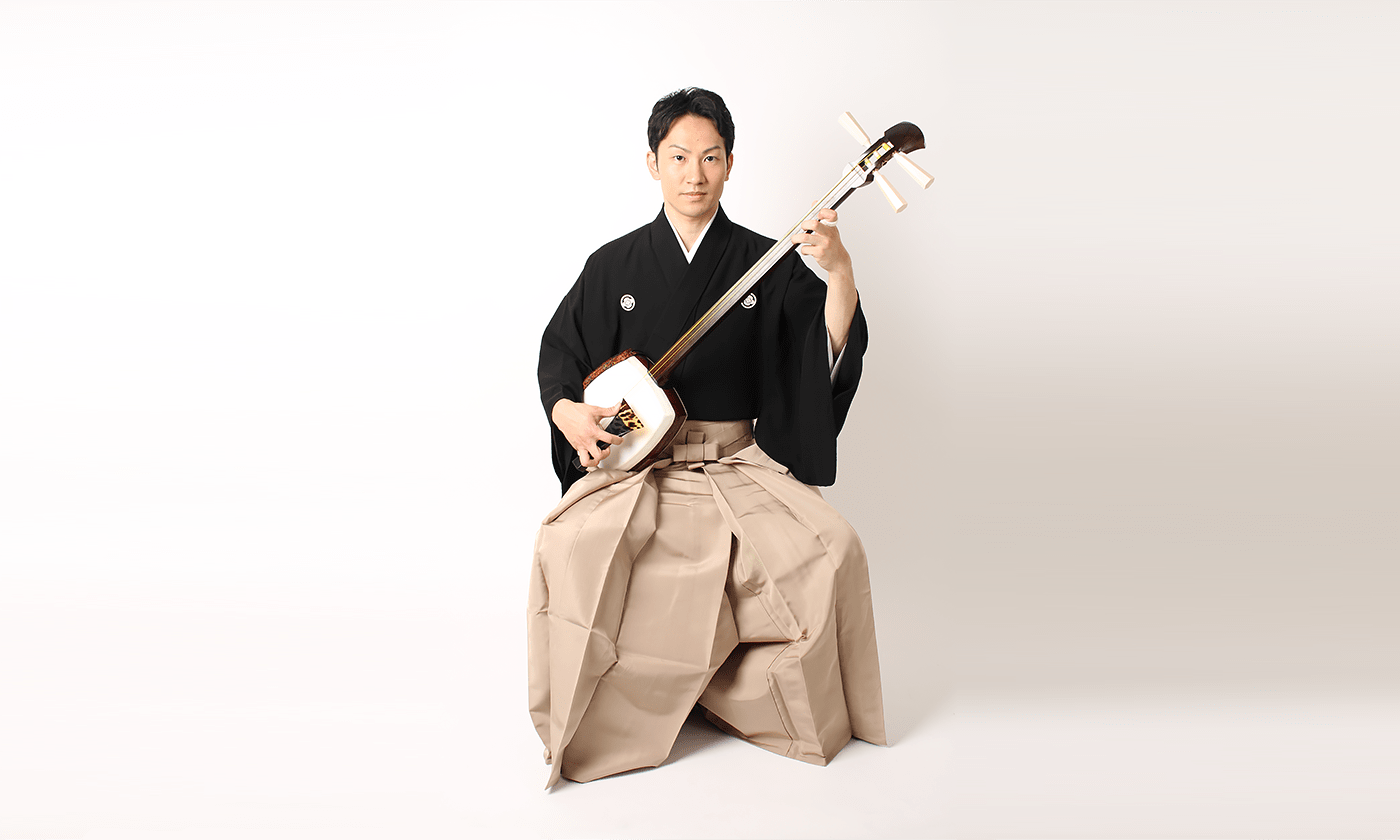
Masamitsu Takasaki (Tsugaru-shamisen)
Masamitsu Takasaki was born in 1985 in Tomakomai, Hokkaido. As a member of a family steeped in min’yo traditional Japanese music, he started learning min’yo songs and drums from his grandfather from the age of three.
Next, he learned under the late Toshihiko Sato, a professional Tsugaru-shamisen player and the head of the Sato School, for eight years from when Masamitsu was 10 years old. Masamitsu learned Tsugaru-shamisen and min’yo-shamisen by experiencing a wide variety of performances, playing as an accompanist for professional singers, whistle-stop tours, and min’yo contests.
When he was 14, he became the junior champion in a national Tsugaru-shamisen contest (currently the Tsugaru-shamisen World Championships), and has been awarded the top prize in Japan several times as a member of a group of players.
He has given performances not only in Japan but also overseas at Carnegie Hall in New York and the Sydney Opera House. He has appeared in school education videos created by the Japanese Ministry of Education, Culture, Sports, Science and Technology, and has given Tsugaru-shamisen lectures as a special instructor.
The orthodox-style Tsugaru-shamisen duo with his younger brother Tetsuomi made an appearance in TAKiO TOMAKOMAI FESTA '98, hosted by the musician Takio Ito, and won the highest award, receiving extensive media coverage. In 2002, Masamitsu gave his first solo performance at Kaderu 2.7 Hall in Sapporo, which was so successful that a part of the audience had to stand to watch it.
In 2016, he formed a new duo called Dabu to compete for the first time in the duo category of the National Tsugaru-shamisen Competition (Nagoya), and won a prize. Dabu competed in the same category in 2017 to finish in third place, and repeated in 2018, climbing to first place. In the same year, Masamitsu won the gold prize in the utatsuke (performance with a song) category of the Tsugaru-shamisen World Championships.
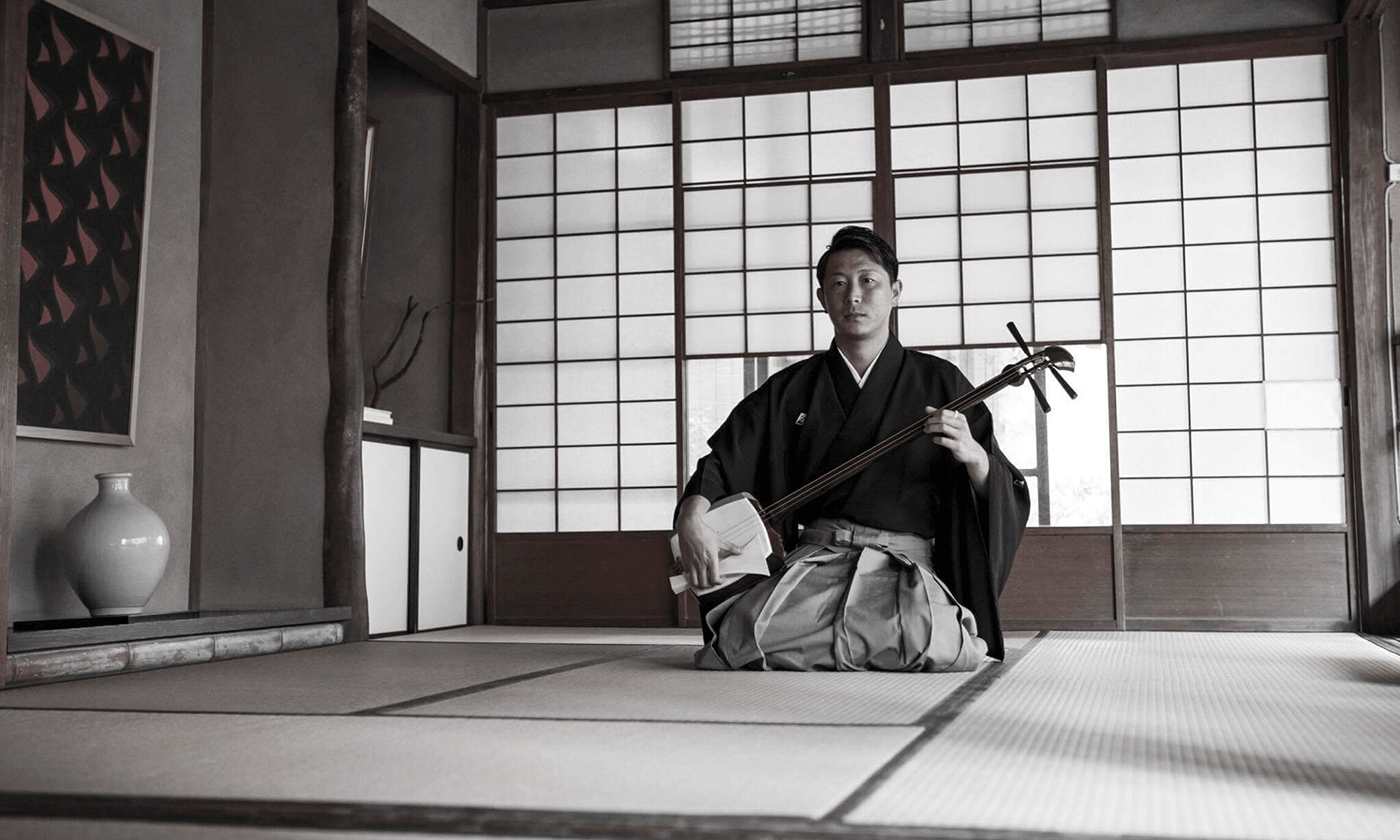
Jushin Ogie (Ogie-bushi)
Born in 1980 in Kamakura, now lives in Kamakura. Ogie was born and raised in the Iemoto family of the Ogie-bushi, a traditional performing art. Ogie first performed at the age of 6, playing “Yamanba” at the National Theatre. Ogie studied the Ogie-bushi under the Iemoto Juyu Ogie, his grandfather, and Juei Ogie, his father. He also studied Nagauta under the master Hisayuki Imafuji and the master Chotatsuro Imafuji.
Ogie performs as an Ogie-bushi shamisen player in dancing performances at the National Theatre and the Kabukiza Theatre, and also appears on TV and radio. Ogie participates in local performances of kabuki actors and classical Japanese dancers, including the 12th Danjuro Ichikawa, Tamasaburo Bando, Shikan Nakamura and Jakuemon Nakamura.Ogie also contributes to dissemination activities for traditional performing arts and succession activities as an heir of the Ogie-bushi, giving concerts at quaint old temples in his hometown Kamakura and providing workshops.

